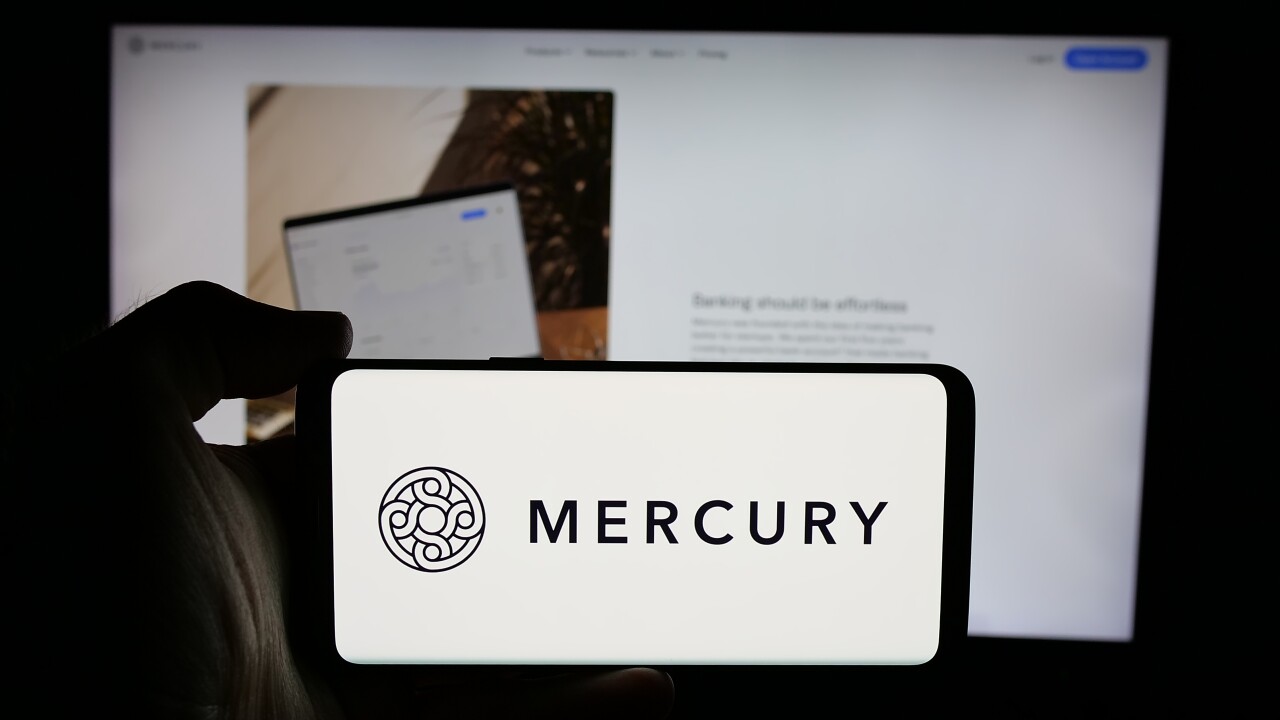Beta is a four-letter word, but it doesn’t have to be the profanity it has become in some commercial-deposit-taking circles lately.
Yes, the change in deposit prices, referred to in Wall Street parlance as banks’ "deposit beta," was a hot topic in earnings conference calls in recent weeks.
The Federal Reserve’s interest rate hikes mean that banks must pay higher rates on deposits. Retail consumers haven’t seen much yet in the way of higher deposit rates; but commercial customers have started pestering their bankers, and
Total interest expense rose 34% to $15.5 billion for the first quarter of this year compared with the same period in 2016, according to FDIC call report data.
Yet it’s not the end of the world for a regional, midsize or community bank to pay higher rates on commercial deposit accounts, said Christopher McGratty, an analyst at Keefe, Bruyette & Woods. An increase in commercial deposits can help fuel loan growth, which in turn can offset the higher deposit costs.
“You can still have high betas on the deposit side, but if you’re lending and you’re outrunning it on the asset side, that’s fine,” McGratty said. “You could still be getting profit expansion.”

The $1.2 billion-asset First Bank in Hamilton, N.J., had that specific scenario in mind when it
Ryan acknowledged that some commercial depositors are “highly rate sensitive” and have already asked for higher deposit rates. But deposits will be essential to fund loan growth in the coming years, and commercial accounts are the best way to boost deposit balances, he said.
“We thought the commercial segment is where we could drive growth faster, because those are larger accounts, and you can really move the needle with those,” Ryan said.
That almost has to be the attitude for business banks like First Bank, whose commercial loans typically make up 80% to 90% of its loan book, and Mutual of Omaha Bank in Nebraska, which gets three-fourths of its $6.4 billion in deposits from commercial clients.
Mutual of Omaha has started to pay higher rates on commercial accounts because “they’re managed by financial people, who are quicker than retail customers to see that rates are rising,” said Matt Minchow, chief payments and deposits officer of the $8 billion-asset bank.
It often pays off in the long term, he said.
“You can capture and incorporate a total relationship with commercial customers from their deposits,” Minchow said. “It’s the loan potential and also fees” from things like cash management and treasury services.
The $30 billion-asset Cullen/Frost Bankers in San Antonio took the extra step last month of raising rates on money markets and CDs for all clients — business and retail.
But it made the move primarily to cater to commercial customers, who are more prone to bolt for competitors, said Chairman and CEO Phil Green.
“Yes, if a [demand deposit account] goes to an interest-bearing account, it results in more expense” for the bank, Green said. “However, if that kept the deposit from leaving the bank … then the bank is better off because of the spread it makes on the retained funds.”
To be sure, not all commercial deposits are expensive, and it may cost less than some bankers fear to hang on to some businesses that have confronted historically low interest rates for years.
There are still many commercial customers that place a high value on liquidity and simply want to park excess cash in demand-deposit accounts that pay no interest, said Brian Foran, an analyst at Autonomous Research.
In fact, the typical corporate customer is keeping about 60% of its cash in bank deposits today, compared with the historic rate of 30% when interest rates were higher, the research firm Novantas said in a March research report.
“Corporates have realized,” Foran said, “that having money in the bank is not necessarily a bad thing.”





